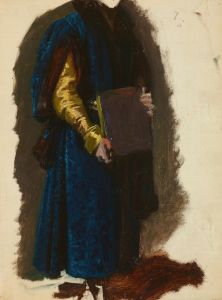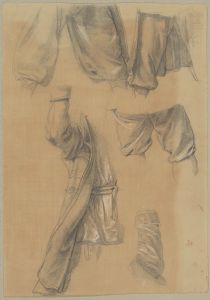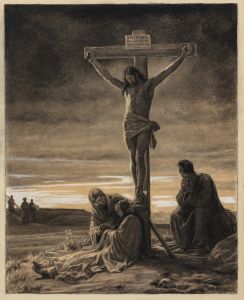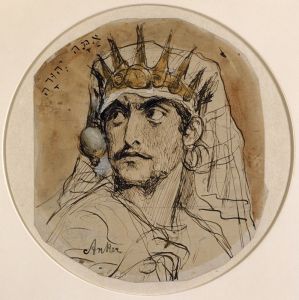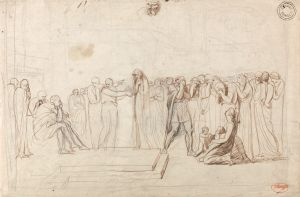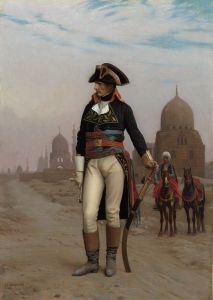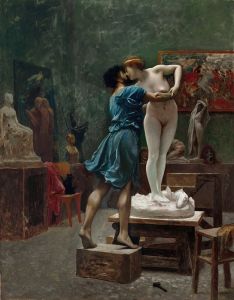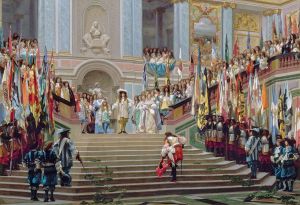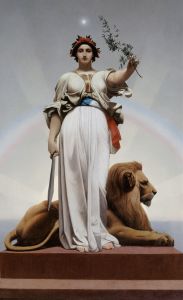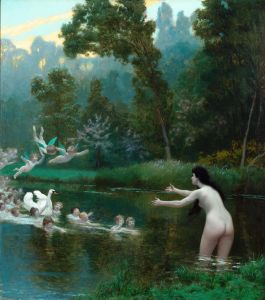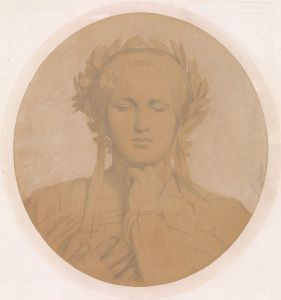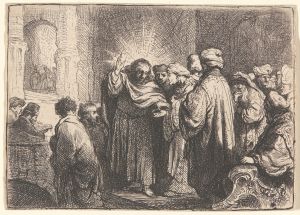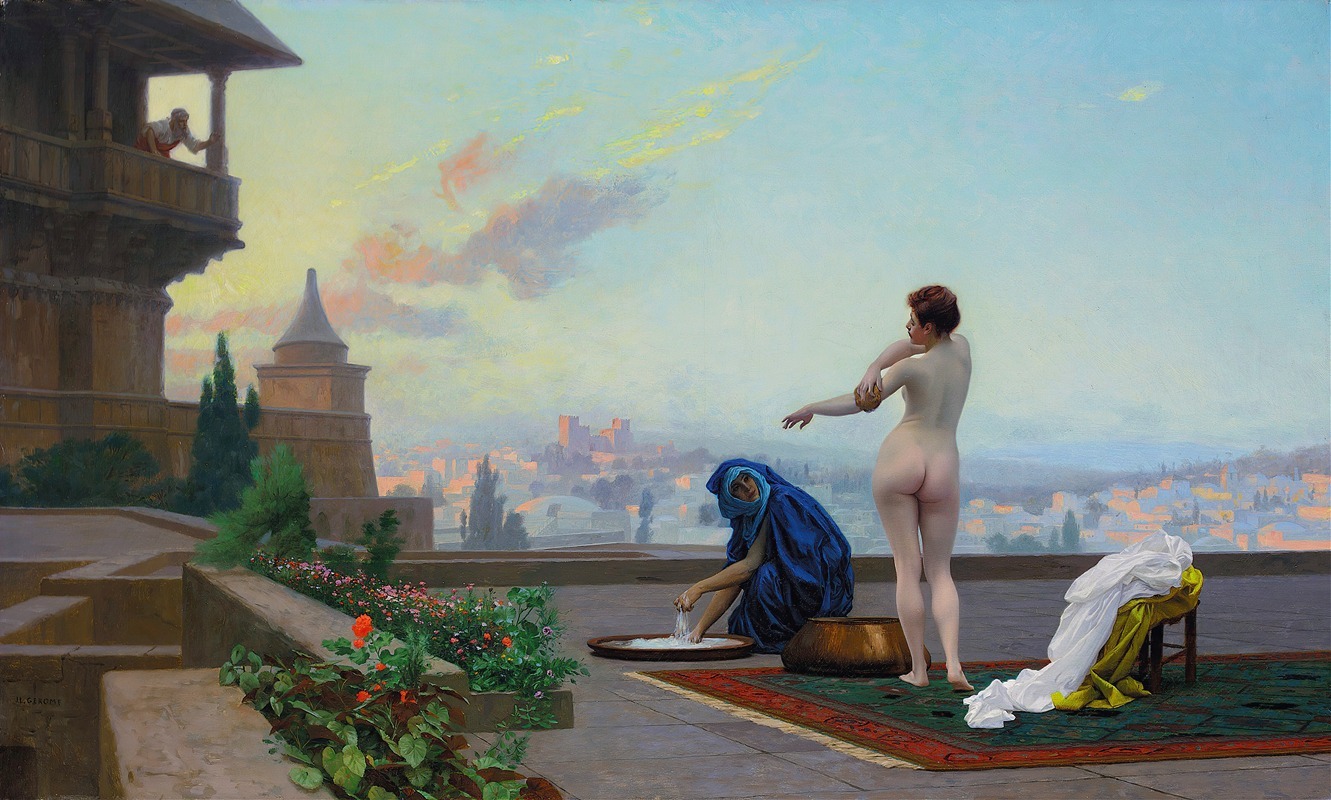
Bathsheba
A hand-painted replica of Jean-Léon Gérôme’s masterpiece Bathsheba, meticulously crafted by professional artists to capture the true essence of the original. Each piece is created with museum-quality canvas and rare mineral pigments, carefully painted by experienced artists with delicate brushstrokes and rich, layered colors to perfectly recreate the texture of the original artwork. Unlike machine-printed reproductions, this hand-painted version brings the painting to life, infused with the artist’s emotions and skill in every stroke. Whether for personal collection or home decoration, it instantly elevates the artistic atmosphere of any space.
Jean-Léon Gérôme, a prominent 19th-century French academic painter, created the artwork Bathsheba in 1889. Gérôme was known for his meticulous attention to detail, historical themes, and mastery of the academic style, which emphasized realism and precise technique. Bathsheba is one of his works that draws inspiration from biblical narratives, a common subject in his oeuvre.
The painting depicts Bathsheba, a figure from the Hebrew Bible, who is famously associated with the story of King David. According to the biblical account in the Second Book of Samuel, Bathsheba was the wife of Uriah the Hittite and later became the wife of King David after a controversial series of events. Gérôme's interpretation of Bathsheba focuses on her beauty and the moment of her bathing, which is central to the biblical narrative. This scene is often portrayed in art as it symbolizes the moment King David first saw her, leading to the events that followed.
In Bathsheba, Gérôme employs his characteristic precision and attention to detail. The painting showcases Bathsheba in a sensual and contemplative pose, emphasizing her physical beauty. Gérôme's use of light and shadow enhances the textures of her skin and the surrounding environment, creating a striking visual effect. The setting is rendered with architectural elements that evoke the ancient Near East, aligning with Gérôme's interest in historical and Orientalist themes.
The painting reflects Gérôme's academic training and his ability to combine historical storytelling with a focus on the human form. Gérôme often sought to evoke a sense of timelessness in his works, and Bathsheba is no exception. The composition and execution demonstrate his technical skill and his ability to convey narrative through visual means.
Bathsheba is part of Gérôme's broader body of work that explores themes of beauty, morality, and historical storytelling. The painting is held in a private collection, and its exhibition history is not widely documented. Gérôme's works, including Bathsheba, continue to be studied and admired for their technical brilliance and their place within the academic art tradition of the 19th century.





